In the 1640s any parishioner that fell asleep during a service in Monifieth risked a drip of hot tar on the head as a wake up call. Women who wore headshawls in the kirk also got the same treatment.
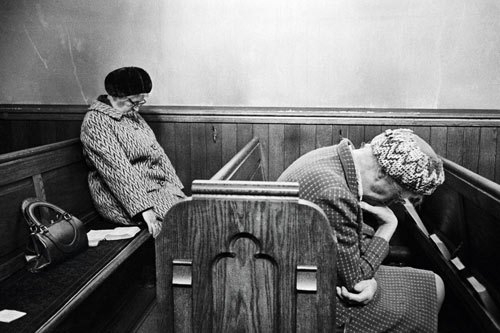
In the 1640s any parishioner that fell asleep during a service in Monifieth risked a drip of hot tar on the head as a wake up call. Women who wore headshawls in the kirk also got the same treatment.

In 1585, Kirkcaldy parents who didn’t pay their contribution to the burgh school had their child impounded. Only when the 20 shillings were paid could you get your kid back.
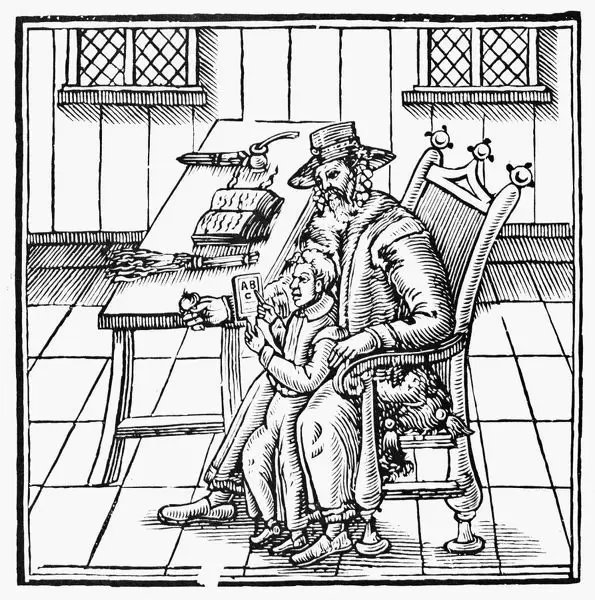
In May 1818, a fully-grown ox chased a Leith man down the street, in his front door, up a spiral staircase for four storeys, and destroyed his mother’s bedroom.
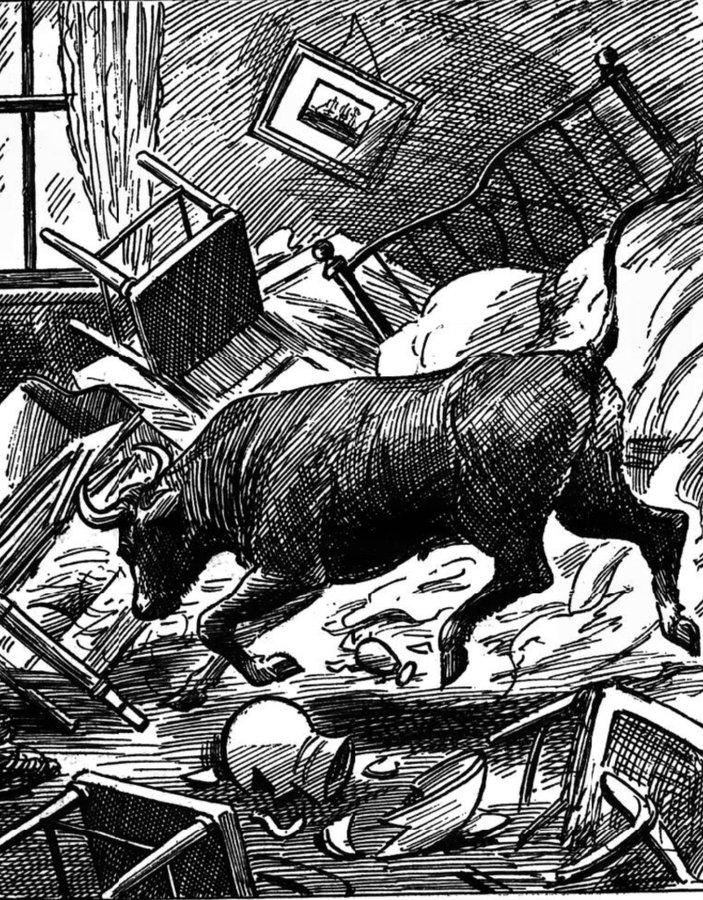
Scots Magazine (01/06/1818)
In November 1848, Elizabeth Collie, a machinist from Aberdeen was admitted to ALA for 6 months after experiencing delusions, which were attributed to her “excessive use of tea, to which she has always been much addicted”
A story with a surprise ending from Lochbroom…
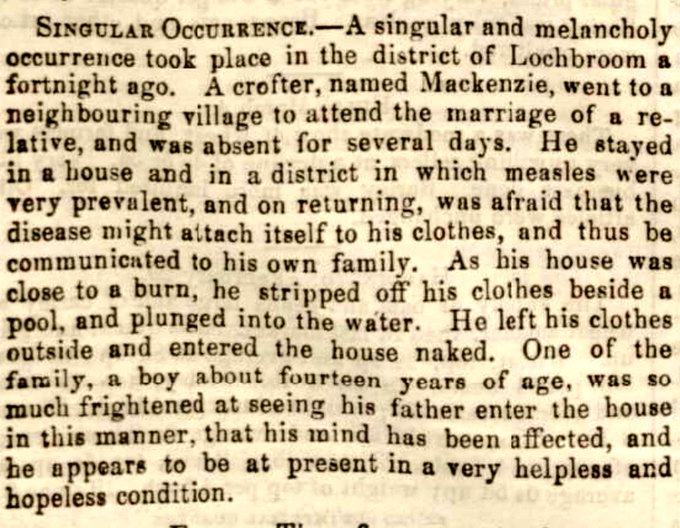
Competitive sports from the OWS that should be considered for next years Olympics. First up:
Butter making (team and individual)
Pictured are the Scottish champions for 1929. Explosive, fast-paced, delicious
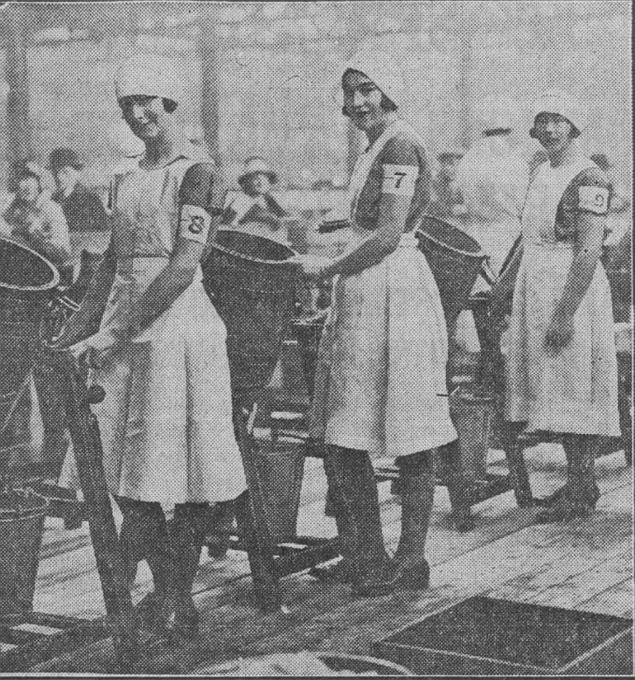
Beet-singling
Definitely a team relay event. Sure, you can run 100m and pass a stick to someone but can you weed around and thin 100m of sugar beets and pass the hoe, against the clock? Pictured the a team from the Women’s Land Army in Fife, 1943.
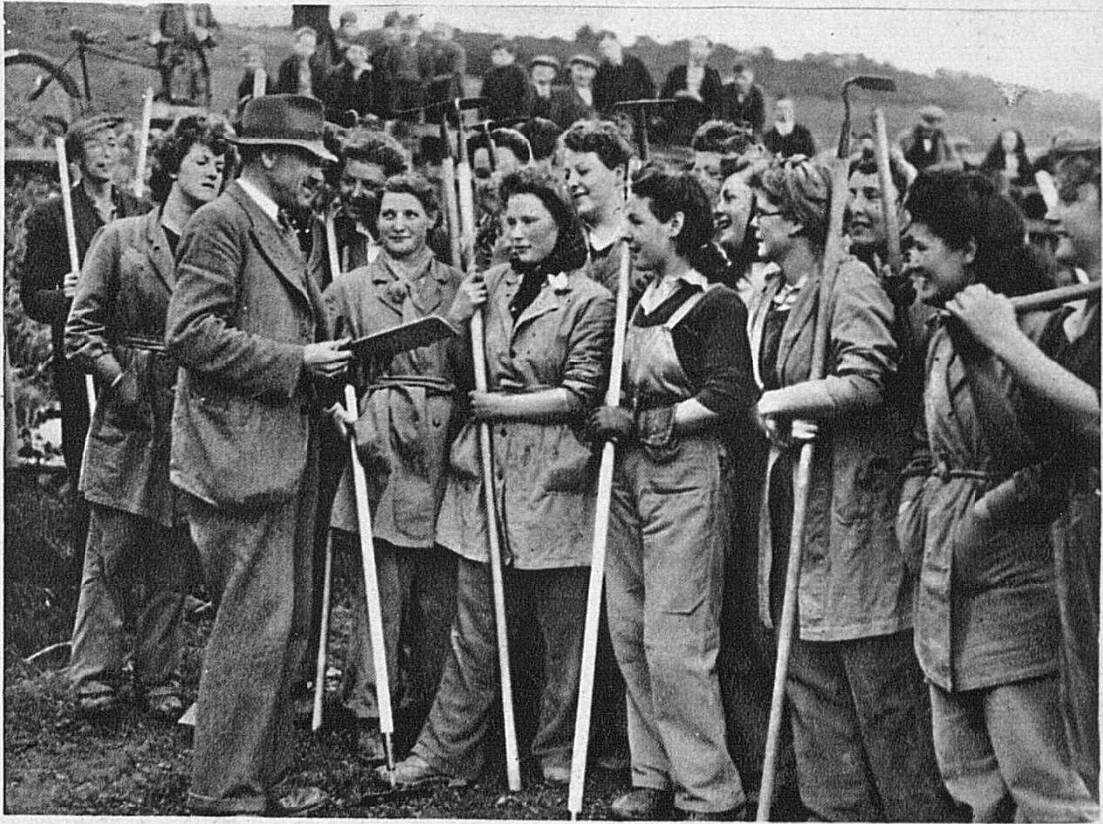
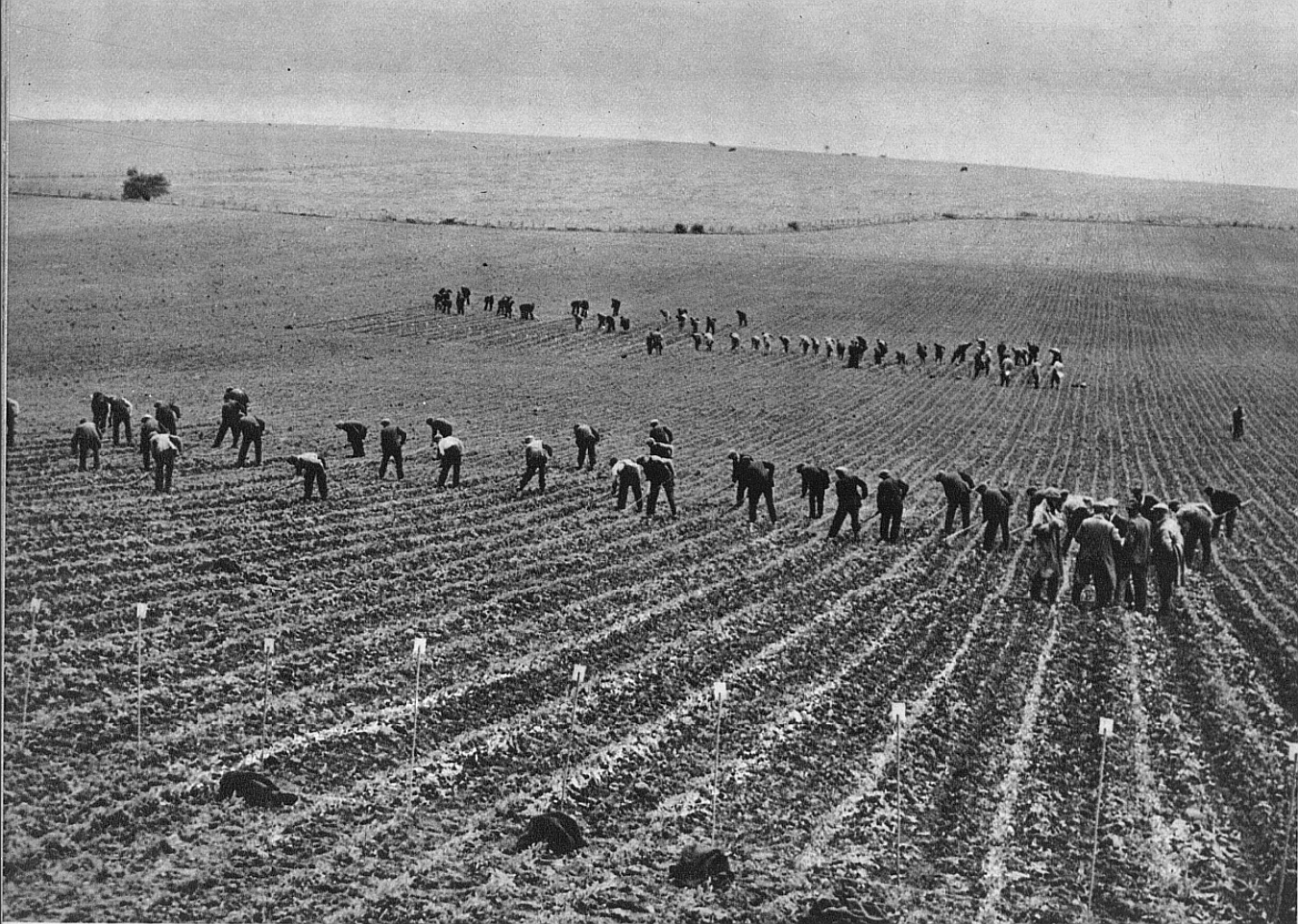
Ploughing Matches
Everyone likes to have a dig at dressage, but there’s not enough horse sports in the Olympics. Bring back high-octane disciplines like the ploughing match. Speed and endurance required. Pictured is the Fife talent for 1935 at Kennoway.
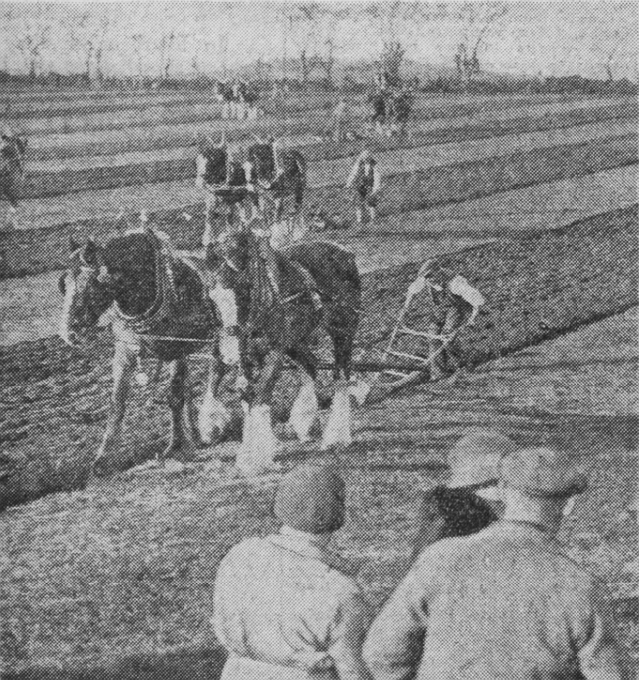
Milking
Not enough animal diversity in the current games either. Find me a stronger bond and level of trust than it takes to be a champion milker. Pictured, at the top of their game: Mitchell McAra, 1933 (top) and Mary Milligan, 1930 (bottom)
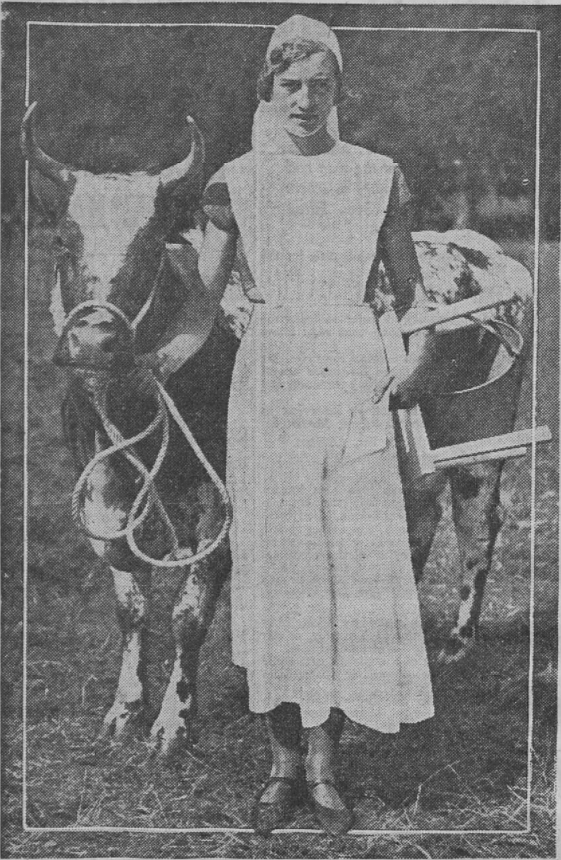
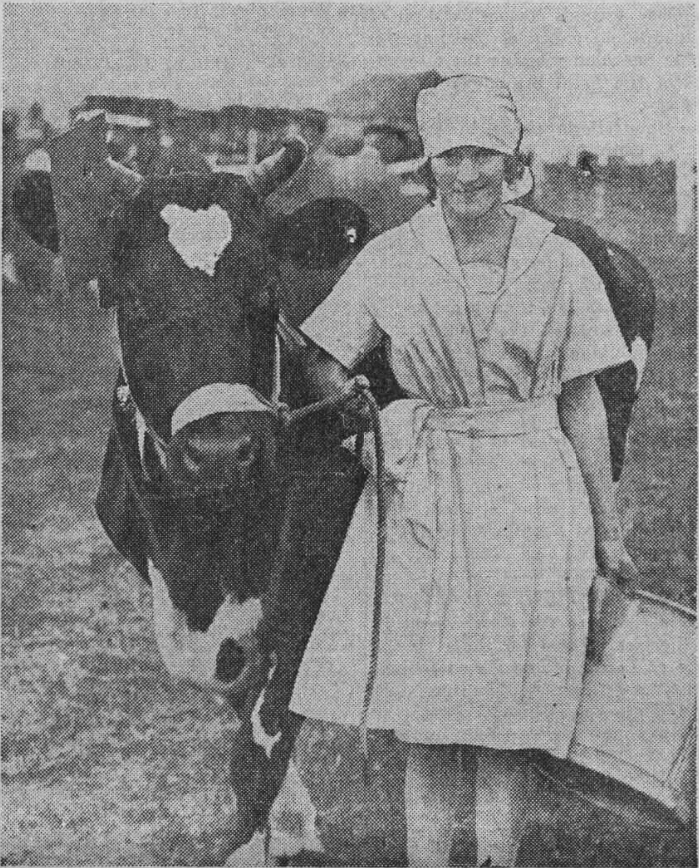
Age Classes
Not enough age-classes either. Over 70s and over 80s foot races at Ceres (top) and West Wemyss. Disciplines include “gettin doun the post office afore it shuts” and “run for the messages in yer baffies (200m)”.
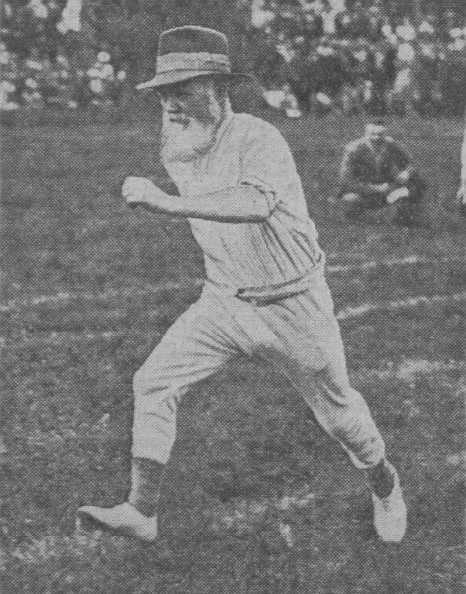
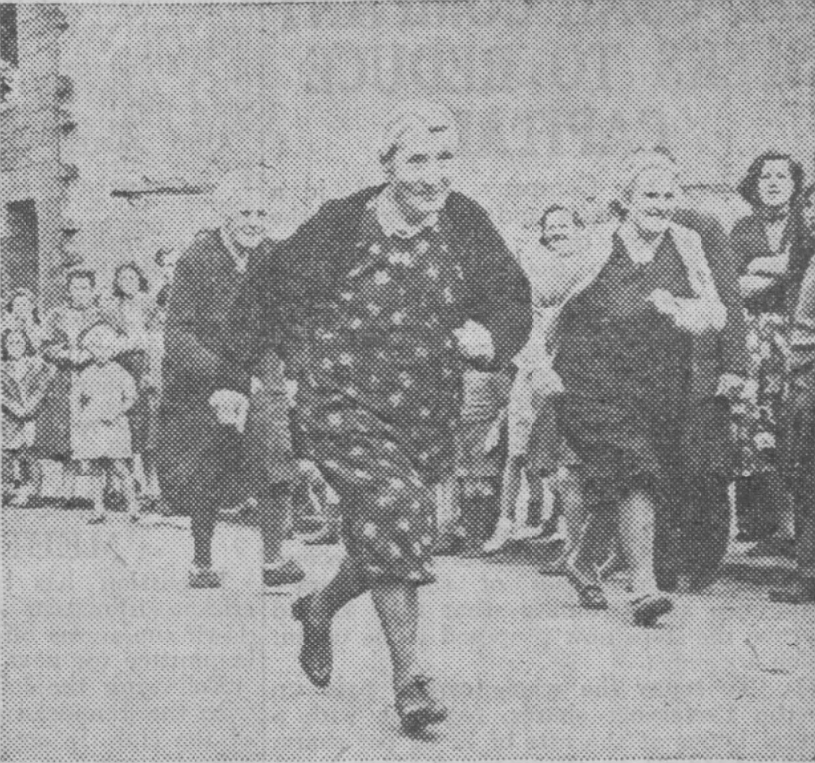
Stagecoaches held on in Scotland until 1933.
Wm. Manson and Sons, Brechin ran a service 3 days a week between Edzell and Invermark. The service ended when the owner died of old age that year.
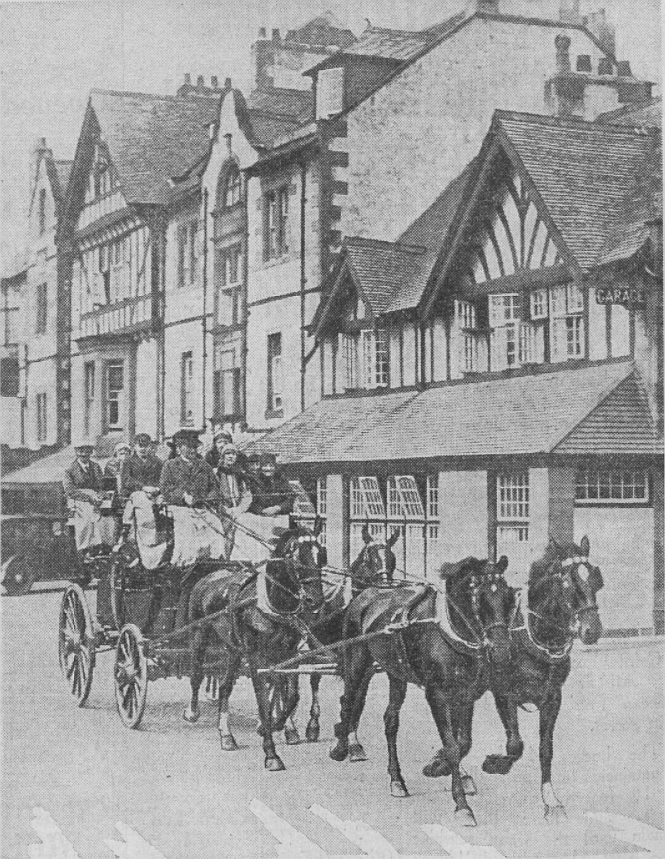
In 1924, Pittenweem herring gutters were timed to see how many fish they could gut in a minute. The average was 40 fish per minute. One older woman clocked in at 66 herring in one minute!
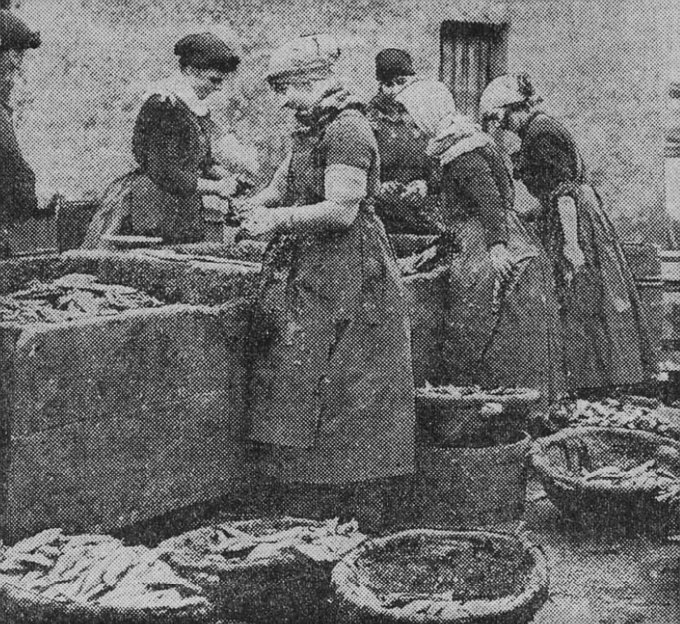
Dundee Courier. March 8th, 1920. pg.3
In the early 18th century, farmers around the Lake of Menteith rowed their farmyard geese out into the loch and set them swimming with baited lines tied to their legs. They’d make their way home and catch fish on the way.
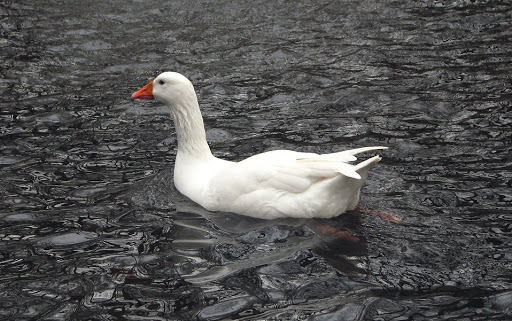
Hutchison, A.F. (1899) The Lake of Menteith: its Islands and Vicinity. Eneas MacKay, Stirling. 368pp
In the 16th and 17th centuries, many parishes in Scotland owned a “common mortkist”–a reusable coffin to bury the poor. As the coffin was brought over the grave, a latch was opened, allowing the occupant to surreptitiously exit through a trap door bottom.



Some of the common coffins, like the one used by Linlithgow, had no lid, and the occupant may have had to have been covered using the parish mortcloth.
Walker, J.R. (1890) The common coffins at Abercorn and Linlithgow. Proceedings of the Society of Antiquaries of Scotland 24: 387-391